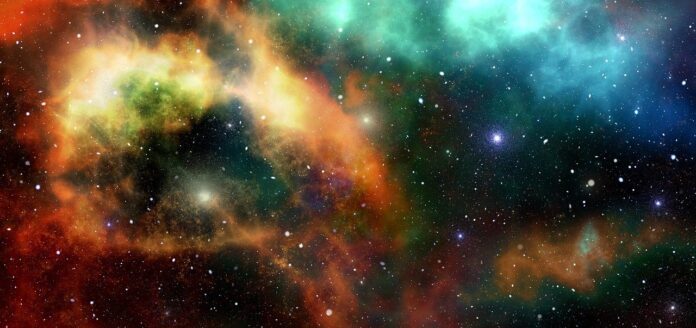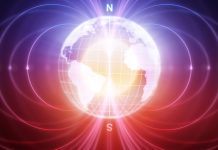In the other news of the world, a mysterious astronomical object merged with a black hole that’s 780 million light years away. This move created gravitational waves that could be detected on Earth. This object exists inside what scientists call the “massive hole”, a range between the heaviest known neutron star and the lightest known black hole. This discovery could change how astronomers understand black holes.
The creation of a black hole
How are black holes actually created? When the most massive stars die, they collapse under their own gravity and leave behind black holes. When less massive stars die, they burst in supernovas and leave behind dense, dead particles of stars called neutron stars. Space, constellations and galaxies are always somewhere between the familiar and unknown, always on the edge of questioning and exploring. The universe is a subject of admiration, inspiration and comfort for many of us, wondering what else is out there, waiting for us to discover. From poets to mathematicians and game developers-they try to picture the perfectly aligned galaxy where we seem to be just stardust.
Gaming developers are competing with each other in order to create a parallel gaming environment as exciting as the idea of visiting the space. Even the casino gaming industry offers titles inspired by the starry sky and planets. One of them is Starburst, a popular online slot game that caught the attention with its amazing graphics, theme and gameplay. Check out and play Starburst slot, a game where stars collide and burst into particles accompanied with soothing music, at least in the gaming space.
For decades, astronomers have questioned the gap that lies between neutron stars and black holes. For information, the heaviest known neutron star is no more than 2.5 times the mass of our sun or 2.5 solar masses. The lightest known black hole is about 5 solar masses. The question though remained: does anything lie in this massive gap?
An epic dimension discovery
Back in August 2019, with the help of fine-tuned lasers located in the US and Italy, astronomers detected ripples in space and time. While the lasers had previously picked up black hole and neutron star collisions, now they showed something unexpecting: a black hole smashing into a neutron star.
The merger occurred between an object that was 2.6 times the mass of the sun, with a black hole that was 23 times the mass of our sun. This large differences in the size of both objects make it the most extreme mass ratio for a gravitational wave event.
The LIGO and Virgo team described this collision as a cosmic duel between massive objects that are 800 million light years away from the Earth. It has taken almost a year for the researchers to exclude all other options before settling in this new object type. Professor Alberto Vecchio, head of the Institute for Gravitational Wave Astronomy at the University of Birmingham said this was an exciting and surprising discovery. Until now, they thought the Universe is not able to produce binaries of objects with such different masses if it ever produced at all. But this proved them wrong. Even though they can’t classify the object with 100% certainty, it is either the heaviest known neutron star or the lightest known black hole. One way or another, a record has been set.
How will researchers ever know whether the mystery object was a neutron star or a black hole? Future observations with LIGO, Virgo and other telescopes may catch similar events that would deny or confirm whether additional objects exist in the mass gap. What’s exciting is that this is just the start. As detectors get more sensitive, astronomers will observe even more of these signals and be able to pinpoint the population of neutron stars and black holes in the universe.
This detection challenges current theoretical models of how stars die as well as how they pair in binary systems. These systems, like two orbiting stars, occur when the two objects are close enough for gravity to create central orbit. The gap has been an interesting puzzle for decades, and now astronomers have detected an object that fits inside it. However, this cannot be explained without defying what exactly we know about the evolution of stars. The observation is yet another example of the transformative potential of gravitational wave astronomy, a field that uncovers new insights with every new detection.







